In his “History of Rowan County” published in 1881, the Rev. Jethro Rumple noted the 1770 Colonial Assembly of North Carolina in its “Act for the regulation of the Town of Salisbury,” authorized the creation of a town common, which was to be located one block from the square in the block currently bounded by Innes, Church, Fisher and Jackson streets.
Rumple lamented the fact the common was never created, “when they might so easily retain a Common or Park, where the inhabitants might resort at will in summer weather, and refresh themselves by breathing the pure air that comes whispering through the rustling leaves of the trees,” and “where children might play, and the gatherings of the citizens be held on extraordinary occasions.”
That was then. This is now. In 2016, 246 years later, the Blanche and Julian Robertson Family Foundation purchased this same city block from the Maxwell Chambers trust of the First Presbyterian Church for the purpose of creating a downtown park. Existing on the property are several historic structures, including the Bell Tower from the 1892 First Presbyterian Church, the 1830s Salisbury Female Academy, the 1855 Presbyterian Session house, and the Temple Gazebo.
The park, which cost over $13 million of mostly private money, opened Oct. 1, and on Friday the Salisbury City Council “bought” the park, agreeing to a maintenance agreement with the Bell Tower Green board, and formally took title to the park.
It was a long time coming, but after 251 years Salisbury finally has a downtown park, and what a park it is. Being an officer and member of the Bell Tower Green board and having been involved in the park development from the beginning, it is truly thrilling to see how our community has embraced this beautiful park.
There are so many people and organizations to thank: the Robertson Foundation board; the Bell Tower Green board; the Maxwell Chambers Trust; the architects, LandDesign and 5×5 Design Studio; the contractors, David E. Looper and Company; the city Parks and Recreation staff; Salisbury City Council; our state representatives; the Rowan County commission; and of course the hundreds of individual donors led by Fred and Alice Stanback and Bill and Nancy Stanback, for whom the park is named.
Individuals to call out include Dyke Messinger, who represented Bell Tower Green in dealing with the construction; Margaret Kluttz, Jason Walser, Mary Heather Steinman, Paul Fisher and myself, who worked on fundraising; Meredith Abramson, who worked with the design and promotions committees; Bill Wagoner, Bill Burgin and George Kluttz, who worked with the architects of the park and design of the Wrenn House. There are so many, too many to list, who worked tirelessly to make this dream become a reality.
Now what is left to do is enjoy our new “town common” first envisioned by our founding fathers and built in the 21st century to serve the contemporary needs of the citizens of Salisbury and Rowan County.
So, it is the intent of the Bell Tower Green Park to create a shady green space between the West Square neighborhood and downtown Salisbury that will preserve the built history within its borders and serve as a gathering place for our citizens, a place of peaceful contemplation, but also be an active, place where people of all ages are welcome, festivals and activities are encouraged and that once again becomes the “town commons” envisioned by our founding fathers, but built to serve the contemporary needs of the citizens of Salisbury and Rowan County.
Ed Norvell is a Salisbury resident who is an officer and member of the Bell Tower Green board.

